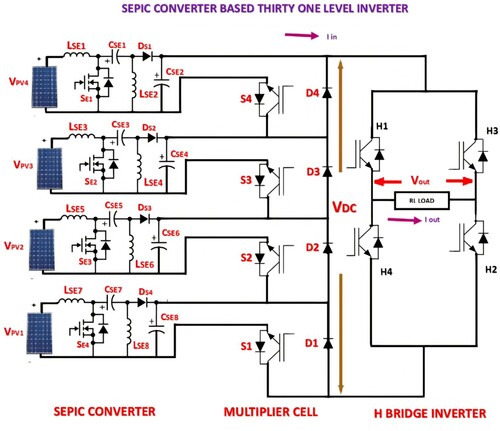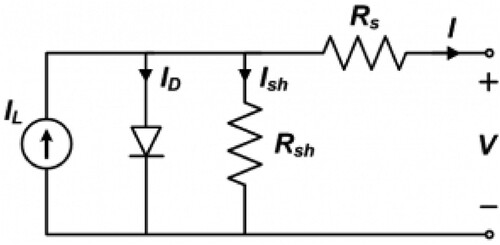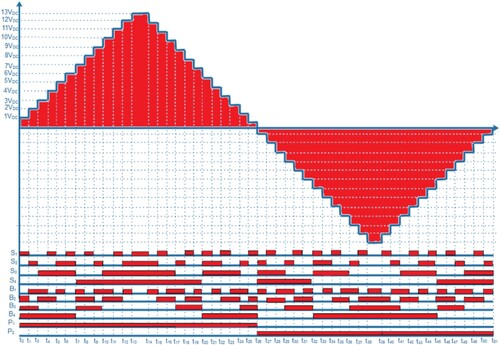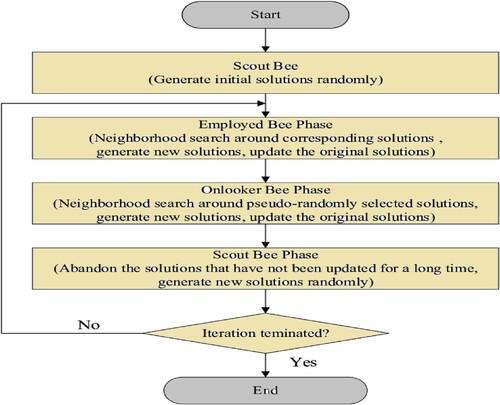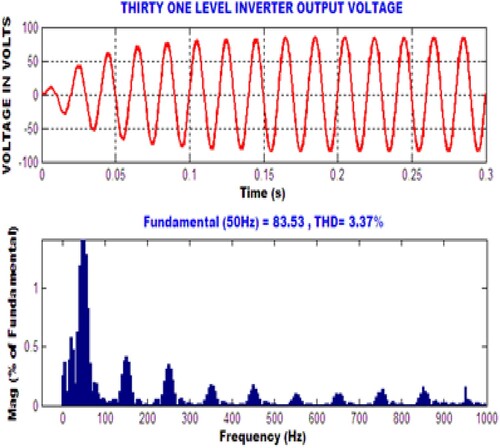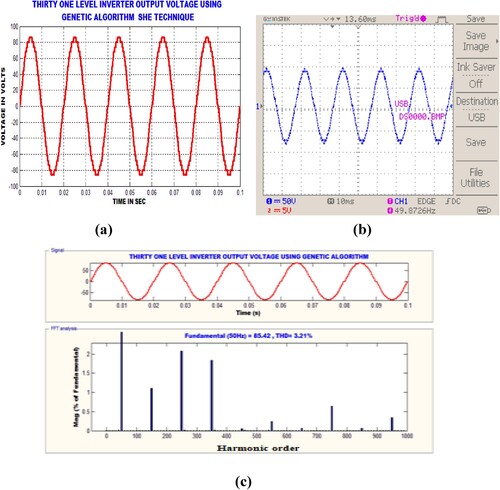Figures & data
Figure 4. (a) Comparing the tracking capabilities of the different converters. (b) Efficiencies of four DC–DC converter configurations.
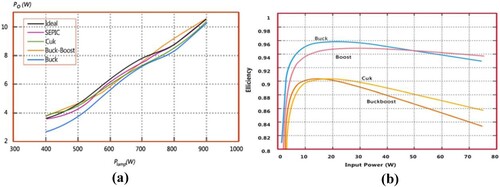
Table 1. Firing sequence of proposed 31-level inverter.
Table 2. Solar panel rating details.
Figure 8. (a) Simulation result of PV panel output voltage waveform (b) Hardware result of PV panel output voltage waveform.
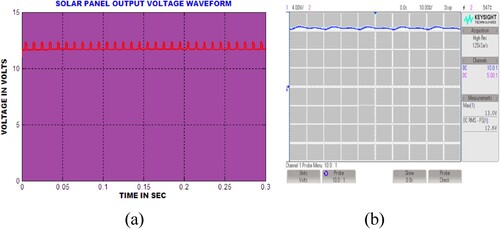
Table 3. SEPIC converter elements table.
Figure 9. Matlab simulation result (a) 6 V DC voltage to MLI (b) 12 V DC voltage to MLI (c) 24 V DC voltage to MLI (d) 48 V DC voltage to MLI.

Figure 10. Hardware result (a) 6 V DC voltage to MLI (b) 12 V DC voltage to MLI (c) 24 V DC voltage to MLI (d) 48 V DC voltage to MLI.
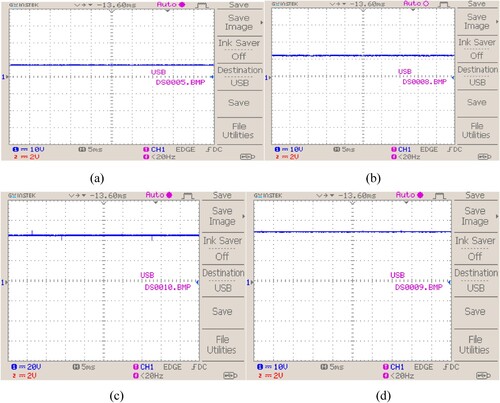
Figure 11. Proposed 31-level inverter output voltage waveform (a) Matlab Simulation (b) hardware implementation.
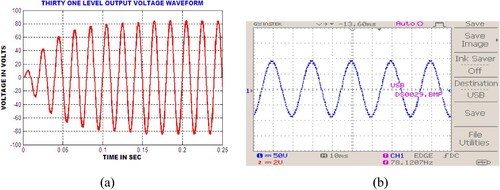
Table 4. Angle generation for 31-level inverter using SHE technique.
Figure 13. (a) Simulation output voltage 31-level inverter using ABC based SHE technique (b) Hardware output voltage 31-level inverter using ABC based SHE (c) FFT analyse of proposed 31-level inverter using ABC-SHE technique.


